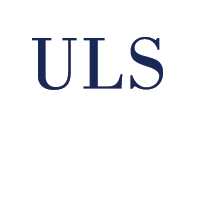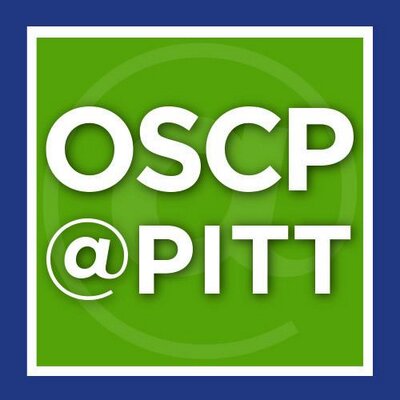Shridhar, Varsha
(2011)
SEEKING A MECHANISM OF ACTION FOR THE ANTI-HIV PROPERTIES OF THE CD8 ANTIVIRAL FACTOR, CAF.
Doctoral Dissertation, University of Pittsburgh.
(Unpublished)
Abstract
CD8+ T cells can inhibit HIV-1 replication in infected CD4+ T cells in a non-cytolytic manner by suppressing transcription from the viral promoter. The factor mediating this response, referred to as CD8 Antiviral Factor (CAF), and its mechanism of action, are unknown. The overall aim of this project was to elucidate the mechanisms by which CAF mediates its HIV-1 transcription suppressing effects. Towards this, we first studied the interaction of CAF with CD4+ target cells; then, investigated the signaling molecules involved in the process of viral transcription suppression; and thirdly, identified a region on the HIV-1 Long Terminal Repeat (LTR) promoter necessary for CAF-mediated transcription suppression. We used exosomes secreted by CD8+ T cells as a source of CAF to examine the interactions of CAF with its CD4+ target cells. Exosomes interacted with the cells at their surface, within 10 minutes of addition. However, maximal suppression of transcription was seen in the cells only 12 to 16 hours after addition. These results suggest the involvement of an intracellular signaling cascade and, possibly, secondary gene expression. Previous reports, using HVS-transformed CD8+ T cell lines, have shown the requirement for the intracellular signal transducer, STAT1, in CAF-mediated viral transcription suppression. However, we found that the requirement for STAT1 in the suppressive process was seen only when CAF from transformed CD8+ T cells (CAFtransformed) was used. In contrast, CAF from primary CD8+ T cells (CAFprimary), from HIV-1 infected patients, suppressed HIV-1 transcription in a STAT1-independent manner. Our investigations on the region of the viral promoter necessary for suppression showed the importance of the minimal promoter region of HIV-1 LTR. This 90bp region, containing 3 SpI sites and TATA box, was sufficient for transcription suppression to occur. Hence, our studies implicate a multi-pronged mechanism of CAF action on the LTR minimal promoter, and indicate major differences between CAF from transformed and primary CD8+ T cells.
Share
| Citation/Export: |
|
| Social Networking: |
|
Details
| Item Type: |
University of Pittsburgh ETD
|
| Status: |
Unpublished |
| Creators/Authors: |
|
| ETD Committee: |
|
| Date: |
29 August 2011 |
| Date Type: |
Completion |
| Defense Date: |
18 August 2011 |
| Approval Date: |
29 August 2011 |
| Submission Date: |
26 August 2011 |
| Access Restriction: |
5 year -- Restrict access to University of Pittsburgh for a period of 5 years. |
| Institution: |
University of Pittsburgh |
| Schools and Programs: |
School of Medicine > Molecular Virology and Microbiology |
| Degree: |
PhD - Doctor of Philosophy |
| Thesis Type: |
Doctoral Dissertation |
| Refereed: |
Yes |
| Uncontrolled Keywords: |
CD8 Antiviral Factor; HIV-1; Transcription Suppression |
| Other ID: |
http://etd.library.pitt.edu/ETD/available/etd-08262011-124120/, etd-08262011-124120 |
| Date Deposited: |
10 Nov 2011 20:01 |
| Last Modified: |
15 Nov 2016 13:49 |
| URI: |
http://d-scholarship.pitt.edu/id/eprint/9269 |
Metrics
Monthly Views for the past 3 years
Plum Analytics
Actions (login required)
 |
View Item |








